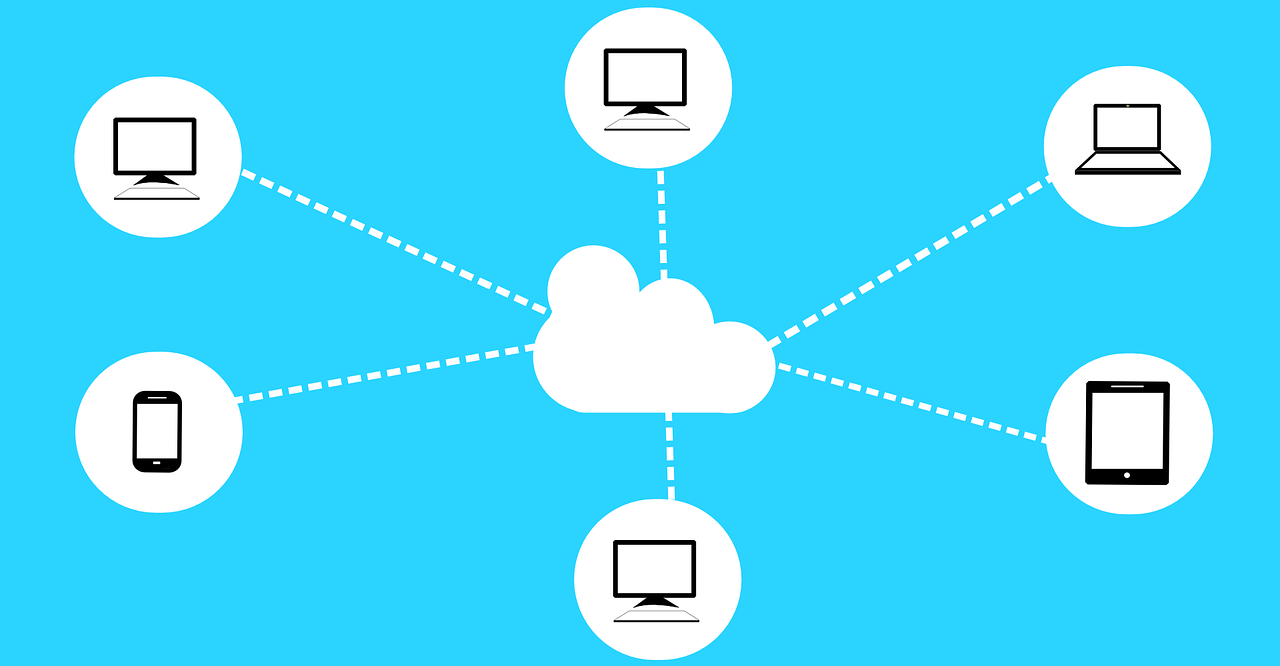Why Cloud Endpoint Security Is Now a Business Imperative
The explosion of edge devices and cloud-based workflows has expanded the modern attack surface. Cloud endpoint security solutions are built to detect, respond to, and mitigate threats targeting these remote entry points.
Key drivers of adoption include:
- Increase in remote and hybrid workforces
- Proliferation of bring-your-own-device (BYOD) environments
- Surge in ransomware and zero-day exploits
- Cloud-native infrastructure across AWS, Azure, and Google Cloud
- Regulatory compliance for data privacy and incident response
In this climate, cloud-based endpoint protection platforms offer real-time visibility and defense across multiple operating systems and geographies.
Top Cloud Endpoint Security Solutions by Capability (2025)
| Platform | EDR Integration | AI Threat Detection | Cloud-Native Deployment | Cost Tier |
|---|---|---|---|---|
| CrowdStrike Falcon | ✅ | ✅ | ✅ | Premium |
| Microsoft Defender | ✅ | ✅ | ✅ | Included (Microsoft 365) |
| SentinelOne Singularity | ✅ | ✅ | ✅ | Premium |
| Trend Micro Apex One | ✅ | ✅ | ✅ | Mid-tier |
| Sophos Intercept X | ✅ | ✅ | ✅ | Mid-tier |
| Bitdefender GravityZone | ✅ | ✅ | ✅ | Affordable |
These cloud endpoint security platforms provide scalable protection for enterprises of all sizes, combining AI-powered defense mechanisms with seamless integration.
Core Features of Modern Cloud Endpoint Protection
Unlike traditional antivirus tools, today’s cloud endpoint security platforms offer a comprehensive set of capabilities:
- AI-driven threat detection for real-time malware and anomaly alerts
- Endpoint detection and response (EDR) for forensic investigation
- Behavioral analytics to identify suspicious activity patterns
- Zero Trust enforcement with continuous verification
- Cloud-native dashboards for centralized visibility across endpoints
This multi-layered approach helps mitigate threats at both the network and endpoint level without sacrificing user performance.
Security Challenges in Cloud-First Environments
As enterprises scale, securing every device becomes more complex. Some of the biggest threats facing cloud-connected endpoints in 2025 include:
- Ransomware-as-a-Service (RaaS) attacks targeting remote devices
- Credential theft from insecure browser storage or phishing
- Unpatched software on user devices acting as backdoors
- Lateral movement within hybrid networks after initial compromise
- Data exfiltration through cloud misconfigurations
Cloud endpoint security tools now play a pivotal role in stopping these threats before they spread across the digital infrastructure.
The Role of AI and Automation in Endpoint Protection
Artificial intelligence is transforming the way endpoint security platforms respond to modern attacks. New capabilities include:
- Automated threat remediation triggered by behavioral anomalies
- Context-aware detection using device and user profiling
- Predictive analytics for risk-based prioritization
- AI-powered sandboxing for real-time malware analysis
- Threat intelligence feeds updated via the cloud
This allows security teams to reduce alert fatigue while scaling protection without hiring more personnel.
Cloud Endpoint Security and Compliance Alignment
Organizations in regulated sectors such as healthcare, finance, and government rely on cloud endpoint security solutions to meet compliance frameworks like:
- HIPAA
- GDPR
- CCPA
- ISO 27001
- NIST Cybersecurity Framework
Features like data loss prevention (DLP), encryption enforcement, and audit-ready reporting are built into many cloud-native tools.
Conclusion: Defending the Modern Workplace, One Endpoint at a Time
With threat actors targeting increasingly mobile and cloud-connected environments, cloud endpoint security is no longer optional—it’s foundational. Businesses that deploy adaptive, AI-driven endpoint protection gain the advantage of faster response times, deeper visibility, and stronger data integrity.
In 2025, the organizations that thrive will be those that treat every laptop, tablet, and server as a potential frontline—and secure it accordingly with cloud-native endpoint defense.








